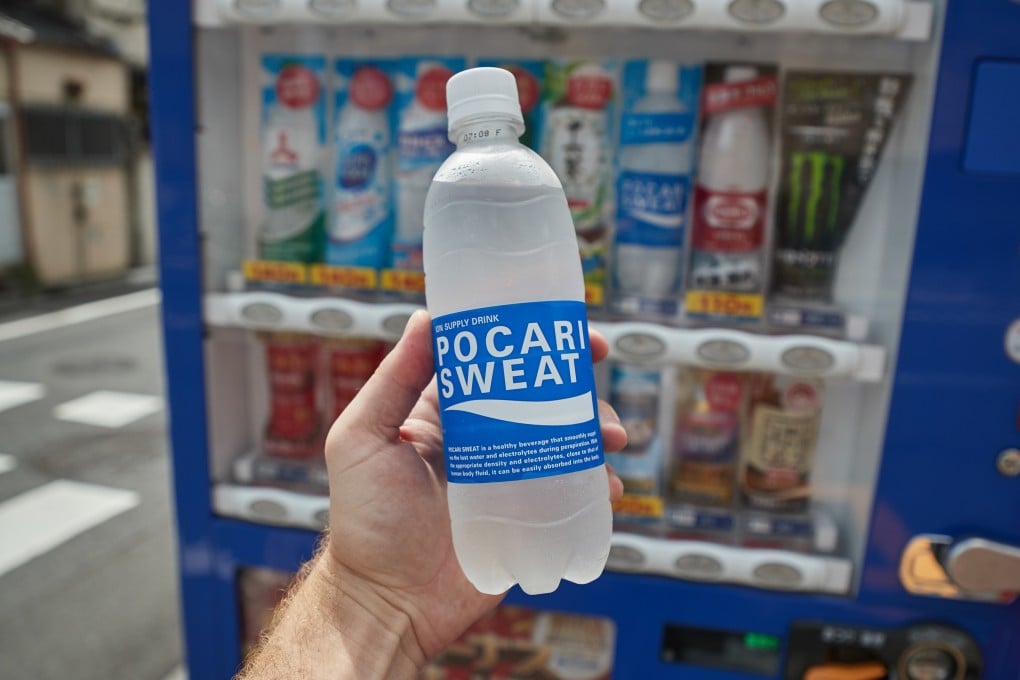Pocari Sweat: how the iconic sports drink, huge in Asia, became one of Japan’s most successful beverages
- Despite English-speaking media mocking the name for years, Pocari Sweat has grown to become one of Asia’s most popular sports drinks
- The drink is formulated to replenish the water and electrolytes that are lost through perspiration and contains a number of ion-heavy ingredients

For a drinks brand with a name that borders on the unappetising, Pocari Sweat has fared well. An argument could even be made that this Japanese sports drink owes some of its success to the head-turning name on the brand’s distinctive blue-and-white bottles.
Jeffrey Gilbert, head of public relations for the pharmaceuticals division of Pocari manufacturer Otsuka Pharmaceutical, insists there was a completely different motivation behind the naming of one of the firm’s mainstay products.
“‘Pocari’ does not have any specific meaning, but it conveys a light and bright feeling in Japanese,” he told the South China Morning Post. “And ‘sweat’ is a reminder that the beverage replaces the important water and ions that are lost through perspiration.”
That has helped to make the brand a household name in Japan, and given it a solid footing in a number of important markets around the world, Gilbert says. Hong Kong was one of the earliest international launches for the brand, back in 1982, followed by Singapore the following year and South Korea in 1987.
“English-speaking media mocked the choice of name for years,” Gilbert admits. “But it now seems to have developed some cachet. And there must be something to it because we receive inquiries from around the world on a regular basis from distributors who want to market the drink.”
While Pocari Sweat may be the most instantly recognisable of Otsuka Pharmaceutical’s brands, it was not the first successful product to emerge from the company’s laboratories.